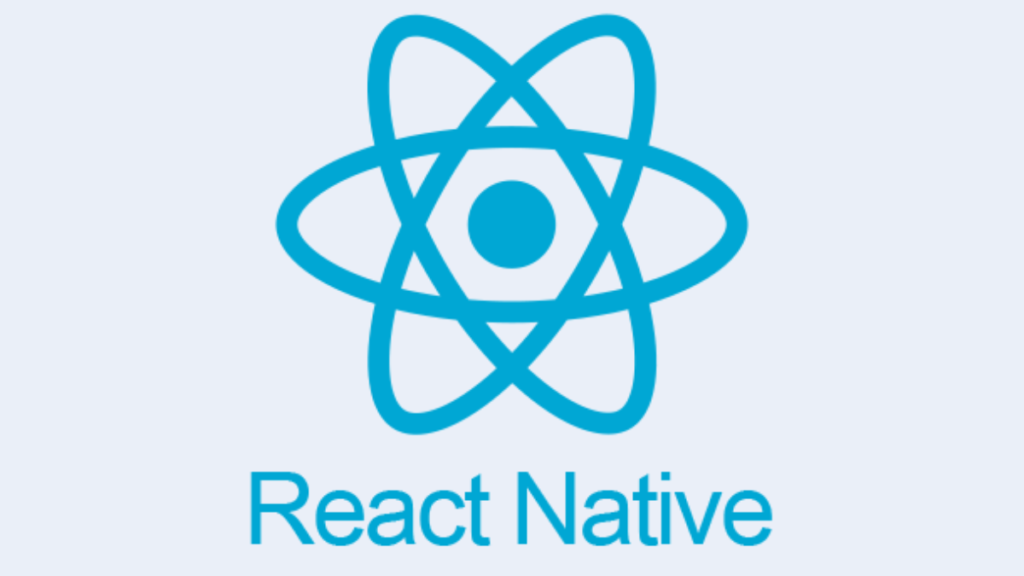SHARE

React Native App Development: 5 Mistakes You’re Probably Making (and How to Fix Them)

React Native app development has made cross-platform mobile development faster, more efficient, and cost-effective. With a single codebase, developers can deploy apps on both iOS and Android. Sounds simple enough—until things start to break, lag, or behave weirdly on production.
Whether building in-house or working with a React Native app development company, common mistakes quietly drain your performance, budget, and user experience. Let’s break down the top 5 and how to fix them—without the fluff.
Table of Contents
What is React Native?

React Native is an open-source mobile app framework that Meta (formerly Facebook) built. Developers can use it to build Android and iOS apps with the same code written in JavaScript and React.
Instead of rewriting separate codebases for each platform, React Native mobile app development offers the benefit of shared logic and UI components, while still delivering native performance and smooth animations. Major apps like Amazon and Shopify use React Native in parts of their mobile apps.
Using trusted React Native app development services helps businesses launch faster, cut down on costs, and maintain consistency across devices. This is why many teams hire React Native app developers instead of building separate native apps.
5 Mistakes You’re Probably Making and How to Fix Them
1. Overloading the App with Unnecessary Third-Party Libraries

React Native’s ecosystem is filled with amazing packages. But here’s the trap—relying on too many third-party libraries can slow down your app, lead to compatibility issues, and make debugging painful.
Why it’s a problem:
- Some libraries are poorly maintained or not optimized for mobile.
- Incompatibility with React Native updates is common.
- Adds to bundle size, affecting performance.
How to fix it:
- Audit your dependencies regularly.
- Only use libraries that are well-maintained and have strong community support.
- If possible, write native modules or small utilities instead of using external code for simple tasks.
If you’re working with a React Native app development company, ask how they evaluate third-party packages before integrating them.
2. Ignoring Platform-Specific Differences
React Native mobile app development is widely appreciated for its cross-platform code reusability. However, treating both platforms as identical can backfire. Differences in navigation styles, permission systems, font handling, and user experience expectations between Android and iOS mean that smart, platform-aware coding is essential for building truly polished apps.
Why it’s a problem:
- Your UI might look broken on one platform but fine on another.
- Users expect platform-native behavior, not just a working UI.
How to fix it:
- Use Platform.OS to tailor experiences where needed.
- Test thoroughly on real devices—not just simulators.
- Customize navigation styles, buttons, and gestures to match native guidelines.
Hire React Native app developers who understand platform-specific best practices—it can make all the difference.
To better understand how React Native compares with traditional web development frameworks, check out our in-depth guide on React vs React Native.
3. Poor State Management Choices
State management gets messy and fast. Many beginners skip setting up a proper system and add patch after patch until their code turns into spaghetti.
Why it’s a problem:
- Leads to untraceable bugs.
- Increases re-rendering and slows down performance.
- Makes the app harder to scale or maintain.
How to fix it:
- For small apps, use useState and useReducer properly.
- For mid-to-large apps, consider Redux Toolkit, Zustand, or Recoil.
- Avoid global state for everything—localize state when possible.
If you’re using a React Native app development company, check what state management solutions they implement and why. It reflects their long-term thinking.
4. Not Optimizing Images and Assets
This is one of the most ignored issues in React Native app development. High-resolution or improperly formatted images can significantly increase your app’s loading time and crash budget phones.
Why it’s a problem:
- Increases app size and memory usage.
- It causes lag, especially in image-heavy components like galleries.
How to fix it:
- Use tools like TinyPNG or ImageOptim before adding assets.
- Serve different image resolutions based on screen density.
- Lazy-load images using libraries like react-native-fast-image.
Whether you’re building your app from scratch or working with a React Native app development services provider, make sure your image pipeline is efficient.
5. Skipping Performance Testing on Real Devices

It’s easy to assume your app is doing great—until it’s used on a low-end Android phone running 6 tabs in the background. Many developers forget that their users aren’t testing on a MacBook simulator.
Why it’s a problem:
- Misses critical performance backups.
- Leads to crashes and poor reviews after launch.
- Simulator performance does not reflect real-world conditions.
How to fix it:
- Test on low- and mid-tier Android devices (emulators aren’t enough).
- Use tools like Flipper, React DevTools, and Android Profiler.
- Monitor logs, battery usage, and network calls regularly.
Hiring a professional React Native app development company usually ensures that apps are tested across a range of devices. If you manage it in-house, make device testing part of your workflow.
React Native: Common Mistakes Quick Comparison
| Mistake | What It Leads To | Solution |
|---|---|---|
| Too many third-party libraries | Heavy app, bugs, slow updates | Limit use, audit regularly, build custom if needed |
| Ignoring platform differences | Broken UI, poor UX | Use Platform.OS, follow iOS/Android design norms |
| Poor state management | Messy code, performance drops | Use local state wisely; choose the right library |
| Unoptimized images | Lag, crashes, slow load times | Compress, lazy-load, and serve proper resolution assets |
| Skipping real-device testing | Bugs missed, bad reviews | Test on real Android/iOS devices of all ranges |
Final Thoughts
React Native app development offers powerful advantages, but only when executed with attention to detail. Whether building solo or partnering with a React Native app development company, these five mistakes can break your product’s success.
Looking to scale faster or need experts who’ve delivered under real-world pressure? Don’t rush—partner with Diligentic Infotech, where our React Native developers don’t just write code—they build solutions that perform on real devices for real users under real demands.
A great app isn’t just about pretty UI—it’s about smooth performance, reliable behavior, and thoughtful execution. And that’s exactly what separates a good app from one user’s love.
👉 Let’s build something great together. Let’s talk.
FAQs
What is React Native?
React Native is a framework by Meta that lets you build Android and iOS apps using a single JavaScript codebase.
Why choose React Native app development?
It saves time and cost by enabling cross-platform apps without compromising native performance.
What are common mistakes in React Native mobile app development?
Overusing libraries, ignoring device testing, and poor state management are some top issues.
When should I hire React Native app developers?
Hire them when you need to build fast, scalable, and cost-effective mobile apps for both iOS and Android.
How can a React Native app development company help?
They offer expertise, real-device testing, and scalable architecture tailored to business needs.
Engage with our experts
Subscribe to our newsletter!
Be the first to get exclusive offers and the latest news.
Posted on 18 Nov 2025
Performance Analytics You Can Trust: Metrics That Matter and Metrics You Should Ignore
Most teams track too many numbers and trust the wrong ones, which leads to poor decisions, wasted resources, and dashboards nobody fully understands. Performance analytics only works when you focus on signal metrics,
Posted on 14 Oct 2025
On-Demand Home Services App Development Cost: What It Really Takes
If you’re wondering “how much does it really cost to build an on-demand home services app?” — this article walks you through the real numbers, what drives those costs, trade-offs, and strategies to optimize your budget. You’ll get clarity on home services app development cost, see a comparison table, and leave with a realistic estimate (and pitfalls to watch out for).
Posted on 10 Oct 2025
9 Powered Smart Home Apps That Make Everyday Life Smarter
Managing a smart home should feel effortless — not like handling lots of different apps. That’s where a Smart Home App shines: a central portal to monitor lights, locks, thermostats, cameras, and more. In this article, I’ll walk you through 9 powered smart home apps that can actually make your daily life simpler.

Reach out
Let’s Start Together
We're a collective of high caliber designers, developers, creators, and geniuses. We thrive off bouncing your ideas and opinions with our experience to create meaningful digital products and outcomes for your business.
Phone Number
+1 (825) 760 1797
hello[at]diligentic[dot]com
